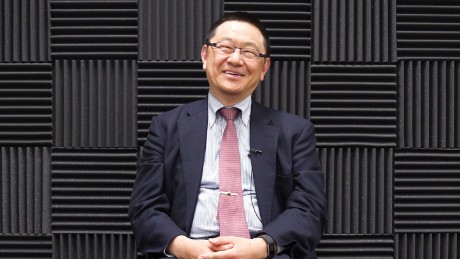Japan is building the fastest supercomputer ever made
(CNN)Japan is building the world's fastest supercomputer, which it hopes will make the country the new global hub for artificial intelligence research.
The supercomputer is expected to run at a speed of 130 petaflops, meaning it is able to perform a mind-boggling 130 quadrillion calculations per second (that's 130 million billion).
Once complete (the target date is April 2018), the AI Bridging Cloud Infrastructure (ABCI) will be the most powerful supercomputer in the world, surpassing the current champion, China's Sunway TaihuLight, currently operating at 93 petaflops.
What makes a computer 'super'?
While the ABCI will not have a mouse or screen, it's not vastly different from a personal computer -- just souped-up, a whole lot faster, and much, much bigger.
"The current supercomputer system is one million times faster than your personal computers," explains Satoshi Sekiguchi, a director general at Japan's National Institute of Advanced Industrial Science and Technology.
Sekiguchi calculates that it would take 3,000 years for a personal computer to achieve what a supercomputer can do in just one day.
In terms of size, Japan's supercomputer will be comparable to a parking lot with space for 30 to 40 cars.
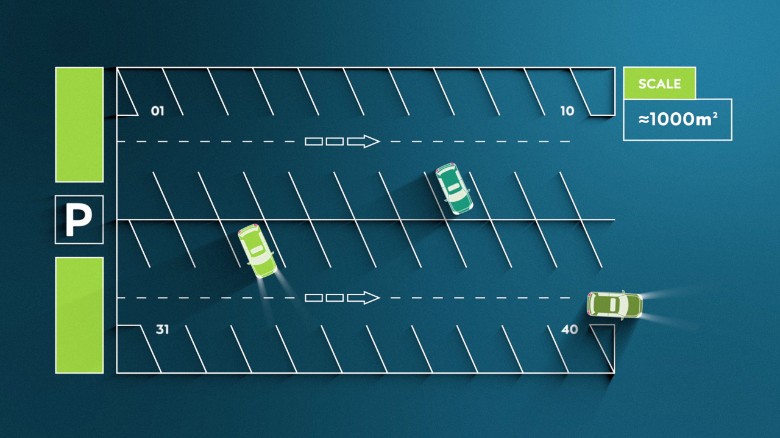
"The supercomputer that is currently under development would take up about 1,000 square meters of floor space," says Sekiguchi.
What will it be used for?
The ABCI could help Japanese companies develop and improve driverless cars, robotics and medical diagnostics, explains Sekiguchi.
"A supercomputer is an extremely important tool for accelerating the advancement in such fields," he says.
Its supersonic speed will also help Japan develop advances in artificial intelligence technologies, such as "deep learning."
But supercomputers are to thank for smaller everyday inventions too.
"The initial design of paper diapers was actually done using a supercomputer," explains Sekiguchi. "However, mothers continue to use them without knowing that fact."
Photos: Supercomputers breaking barriers
ASCI Red – This US-built supercomputer was the first to break the 1 teraflop barrier (performing 1 trillion calculations per second). It was the fastest supercomputer in the world from 1997 to 2000, and also the first supercomputer installation to use more than 1 megawatt of power.
Pictured here, VP Rick Stulen and Intel designer Stephen Wheat look at the innards of an ASCI Red rack.
Hide Caption
4 of 6
Photos: Supercomputers breaking barriers
Cray 2 – The Cray-2 was the world's fastest computer between 1985 and 1989, capable of 1.9 gigaflops. This was the first supercomputer to break the gigaflop barrier (1 billion calculations per second).
Hide Caption
5 of 6
Photos: Supercomputers breaking barriers
CDC6600 – The world's very first supercomputer, the Control Data Corporation (CDC) 6600, only had a single CPU.
Released in 1964, the CDC 6600 achieved a peak performance of 3 million floating point operations per second (3 megaflops).
Hide Caption
6 of 6
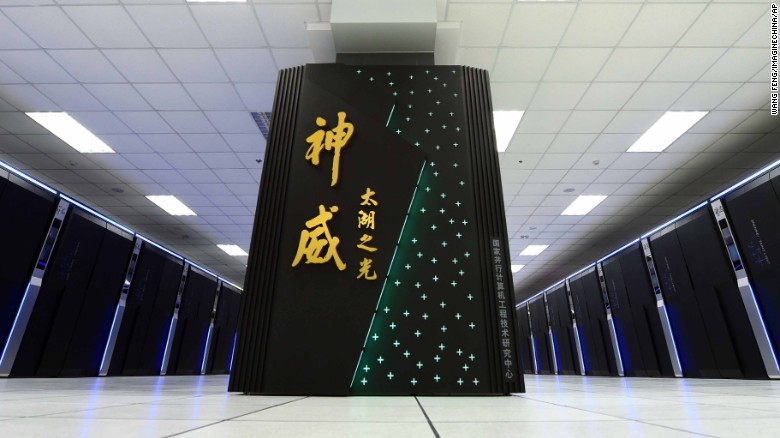
Photos: Supercomputers breaking barriers
Sunway-TaihuLight – Chinese supercomputer Sunway-TaihuLight is currently the fastest supercomputer in the world, operating at 93 petaflops. That means it's able to perform 93 quadrillion (million billion) calculations per second.
China uses the supercomputer for weather forecasting, pharmaceutical research, and industrial design.
Hide Caption
1 of 6
Photos: Supercomputers breaking barriers
K Computer – Fujitsu's K Computer, housed at the RIKEN institute in Japan, clocks in at 10 petaflops. It was the fastest in the world from June to November 2011.
The supercomputer draws almost 10 megawatts of power — about the same as 10,000 suburban homes.
Hide Caption
2 of 6
Photos: Supercomputers breaking barriers
IBM Roadrunner – The $130-million IBM Roadrunner was the first computer to break the petaflop barrier in 2008.
Operating at around 1 petaflop (performing 1 million billion calculations per second), the IBM Roadrunner was the fastest supercomputer in the world from June 2008 to June 2009.
Hide Caption
3 of 6
Photos: Supercomputers breaking barriers
ASCI Red – This US-built supercomputer was the first to break the 1 teraflop barrier (performing 1 trillion calculations per second). It was the fastest supercomputer in the world from 1997 to 2000, and also the first supercomputer installation to use more than 1 megawatt of power.
Pictured here, VP Rick Stulen and Intel designer Stephen Wheat look at the innards of an ASCI Red rack.
Hide Caption
4 of 6
Photos: Supercomputers breaking barriers
Cray 2 – The Cray-2 was the world's fastest computer between 1985 and 1989, capable of 1.9 gigaflops. This was the first supercomputer to break the gigaflop barrier (1 billion calculations per second).
Hide Caption
5 of 6
Photos: Supercomputers breaking barriers
CDC6600 – The world's very first supercomputer, the Control Data Corporation (CDC) 6600, only had a single CPU.
Released in 1964, the CDC 6600 achieved a peak performance of 3 million floating point operations per second (3 megaflops).
Hide Caption
6 of 6

Photos: Supercomputers breaking barriers
Sunway-TaihuLight – Chinese supercomputer Sunway-TaihuLight is currently the fastest supercomputer in the world, operating at 93 petaflops. That means it's able to perform 93 quadrillion (million billion) calculations per second.
China uses the supercomputer for weather forecasting, pharmaceutical research, and industrial design.
Hide Caption
1 of 6
Photos: Supercomputers breaking barriers
K Computer – Fujitsu's K Computer, housed at the RIKEN institute in Japan, clocks in at 10 petaflops. It was the fastest in the world from June to November 2011.
The supercomputer draws almost 10 megawatts of power — about the same as 10,000 suburban homes.
Hide Caption
2 of 6
Photos: Supercomputers breaking barriers
IBM Roadrunner – The $130-million IBM Roadrunner was the first computer to break the petaflop barrier in 2008.
Operating at around 1 petaflop (performing 1 million billion calculations per second), the IBM Roadrunner was the fastest supercomputer in the world from June 2008 to June 2009.
Hide Caption
3 of 6
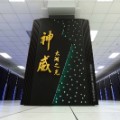

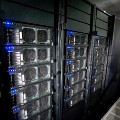
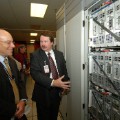
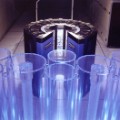
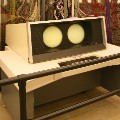
$173m key to the future
Japan's Ministry of Economy, Trade and Industry will spend 19.5 billion yen ($173m) to build the ABCI and two research centers.
"They [the government] recognize that artificial intelligence will be a key to the future, or the key to the competitiveness of the industry," says Sekiguchi.
Japanese firms often turn to the likes of Amazon, Microsoft and Google when looking to crunch big numbers. But once it's running, Japanese researchers and companies will be able to pay to use the ABCI, rather than renting cycles on public clouds like Amazon Web Services or Microsoft Azure.
Race to the top?
Japan's K computer, which runs at just over 10 petaflops, claimed the title of world's fastest supercomputer for six months in 2011, before it was outperformed by the United States and China.
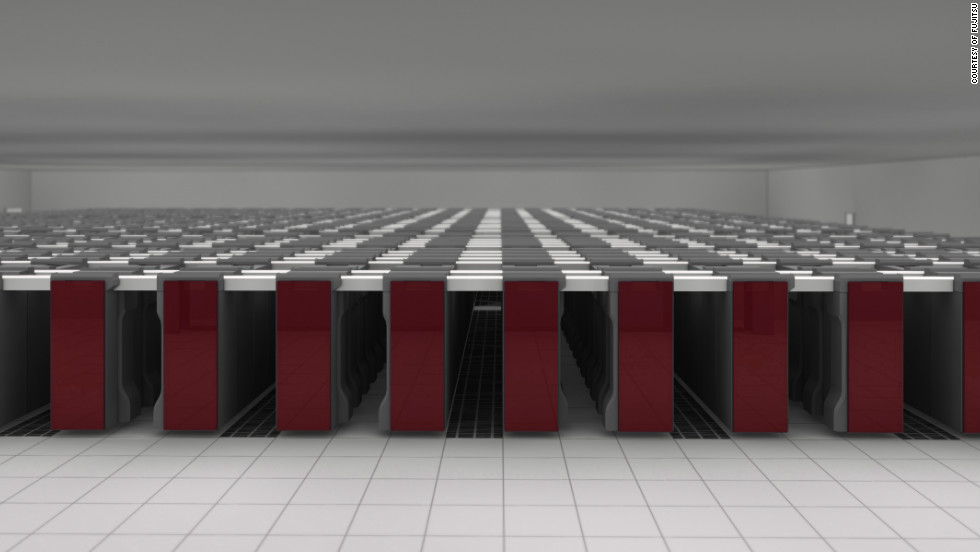
The K computer is named after the Japanese word "kei", which stands for 10 quadrillion.
But for Sekiguchi, it is not about the race to build the fastest supercomputer.
"Before, there was a competition in the computer industry itself, however, from now on, it is going to be more about what you can do with the computers," he said.
"It is no longer about which computer becomes the best in the world, but rather, creating an environment in which these new applications can be used properly."
News Courtesy: www.cnn.com

